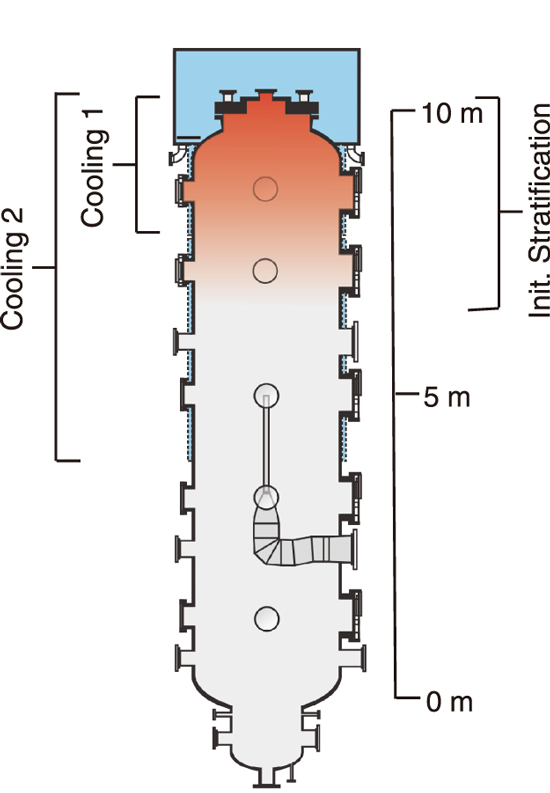
Fig.2-6 Overview of the CIGMA experimental condition

Fig.2-7 Time transients of the vertical distributions of helium molar fraction
During a severe accident (SA) in a light water reactor, the atmosphere in the nuclear containment vessel changes to a high-temperature and high-pressure state due to the discharge of high-temperature gases from the primary system. Furthermore, a large amount of hydrogen is generated in the core by zirconium-steam reaction and the threat of hydrogen explosion increases when hydrogen concentration accumulates in a local compartment. In the Fukushima-Daiichi nuclear power plant accident, hydrogen leaked into the reactor building due to over temperature failure of the containment vessel which caused an explosion that severely wrecked the building.
To understand the heat and mass transport phenomena during SA, experimental and numerical research have been performed in Japan Atomic Energy Agency. The CIGMA facility has a large test vessel of 2.5 m in diameter and 11 m in height (see Fig.2-6) with a unique system of outer surface cooling. Thereby, the natural convection is driven in the test vessel. Gas transport phenomena such as localization and mixing by wall cooling is investigated. Figure 2-6 shows an example of the experiment related to the heat and mass transfer driven by the natural convection.
A representative fluid dynamic of a light gas, such as hydrogen in enclosure, is density stratification which is the formation of unmixed gas layers at the upper part of a vessel. In the two experiments shown in Fig.2-7, the initial stratification was formed by a mixture of air and helium (as a simulant of hydrogen), and then natural convection was driven by outer cooling. The relative location between the outer cooling and initial stratification is of interest in this experiment series. The following explains the characteristic behaviors focusing on the time transient of gas composition:
Cooling 1: the cooled region was narrower than the initial stratification thickness; gas in the initial stratification was transported when the gas density in the stratification exceeded that in the lower part below stratification, and homogenization occurred. That is, the density stratification was dissolved by temperature reduction due to the outer cooling.
Cooling 2: the cooled region was wider than the initial stratification thickness; the stratification was gradually eroded by the sheer stress due to flow at the bottom of the stratification. Therefore, the helium molar fraction in the initial stratification decreased from the lower elevation. Consequently, the stratification was broken up.
The findings will help understand the different mode of stratified gas mixing by natural circulation in the containment vessel during SA, and will be a foundation for proposing the optimization of the accident management measure. In addition, the experimental data is useful for validating the numerical simulation including Computational Fluid Dynamics.
The construction of the CIGMA facility used in this research activity were conducted under the auspices of the Nuclear Regulation Authority in Japan.
(Satoshi Abe)